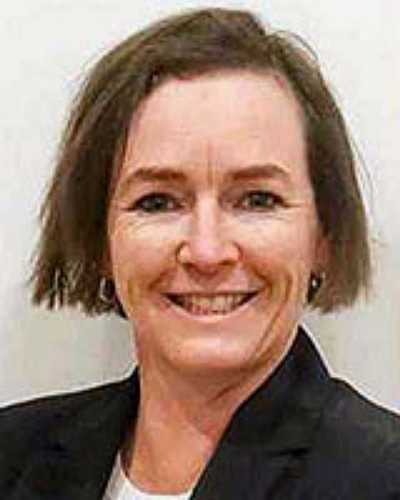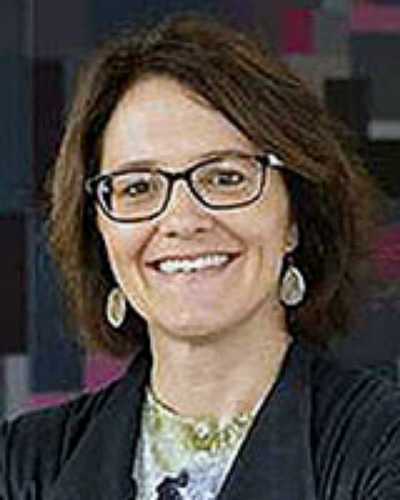Early Abstract:
Context: In Australia, Rural Clinical Schools (RCSs) were developed to address the maldistribution of the rural medical workforce. Evidence demonstrates that medical students who attend an RCS, or have a rural background, are more likely to become rural doctors. To enhance the likelihood of our graduates becoming rural doctors, we strategically combined these two independent factors and created a dedicated Rural Training Stream (RTS) that commenced in 2022. To support the introduction of the RTS and provide students with an authentic RCS experience, we developed a three-day RCS immersion program for year 1 students. The broad aim was to provide students with experience and knowledge that would allow them to make an informed clinical school preferencing decision. Despite delivering the same curriculum, each of Deakin University’s three RCS campuses are shaped by their distinct clinical setting, community, and approach to program delivery. To showcase these individual aspects, each RCS designed a bespoke three-day immersion program centred around three themes: connecting students to the local Indigenous Country, the community, and the clinical school.
Issue: Historically, our students’ clinical school preferences have fluctuated annually with the majority of students generally electing to remain at the year 1 & 2 urban training location. This phenomenon was unsurprising as the majority of students, with metropolitan backgrounds, had little understanding of what living and learning in a rural community would be like.
Clinical school promotional activities, before the introduction of the RTS, were held at the pre-clinical urban campus. Only a small number of students would visit one or more of Deakin University’s 5 clinical schools on an ‘ad hoc’ basis. The available research on how medical students make their clinical school preferencing decisions highlights that both personal and learning needs are considerations. However, we lacked evidence on factors influencing our own students' clinical school decisions. Information provided to prospective students focused solely on the clinical schools, with an absence of practical information about the rural community or Country.
The introduction of the RTS and immersion program provided an opportunity to explore medical students’ decisions when preferencing clinical schools, offering learnings to enhance the associated policies and procedures.
Lessons learned: The program achieved its overarching aim of providing students with realistic exposure to the RCS environment, with 86.9% agreeing the experience helped them to make informed decisions about their clinical school preferences. The program, initially a pilot, has become embedded in the year 1 curriculum.
Participation in the immersion program reduced student hesitancy towards attending an RCS, with over a quarter of initially hesitant students ultimately ranking an RCS as their first preference. Furthermore, there was a significant positive shift in students indicating that they were confident that the RCS would be the best environment for them (p=0.001).
The linking of immersion evaluation data and clinical school preference information provided insights into students' perceptions of the program, the RCSs, and the factors influencing their preferences. When viewed collectively, it was evident that a review of our clinical school allocation process was warranted. This will be monitored as our RTS develops, particularly with the introduction of pre-clinical learning campuses (2024) in two prominent rural locations.
Keywords: immersion, medical students, preferences, Rural Clinical Schools, rural medical education, rural medical workforce, selection.



